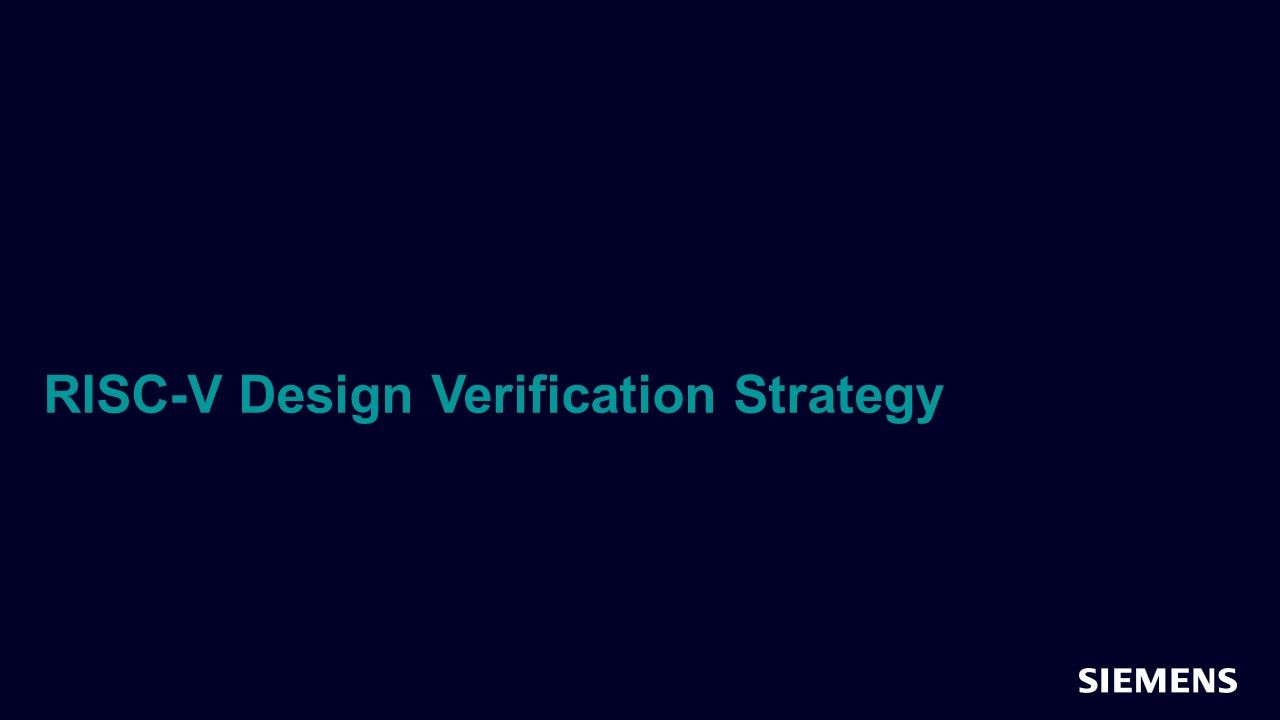RISC-V Design Verification Strategy
As the RISC-V architecture becomes increasingly popular, it is being adopted across a diverse range of products. From the development of in-house cores with specialized instructions, to functionally safe SoCs and security processors for a variety of verticals – RISC-V adoption brings several verification challenges that are discussed in this article, along with potential approaches and solutions.

Full-access members only
Register your account to view RISC-V Design Verification Strategy
Full-access members gain access to our free tools and training, including our full library of articles, recorded sessions, seminars, papers, learning tracks, in-depth verification cookbooks, and more.